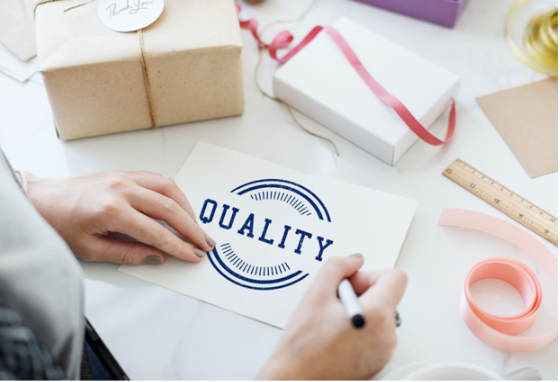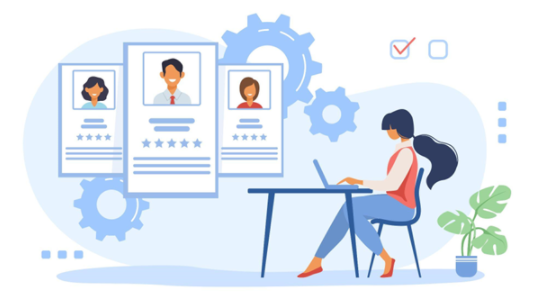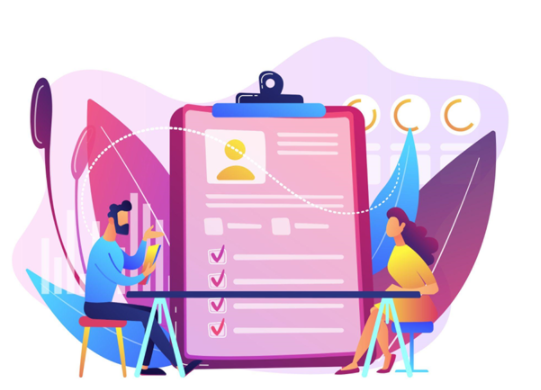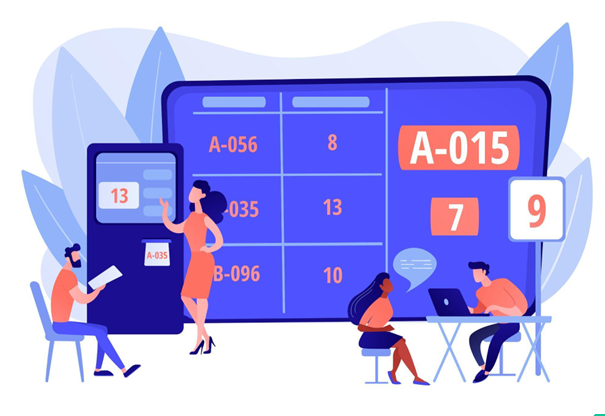Microsoft Powerapps Examples in 2025
Microsoft introduced PowerApps in 2015 to empower businesses with process automation and custom app development. A Low-Code Application Platform (LCAP), PowerApps combines Microsoft 365’s features and almost a no-code approach, allowing the users to build a customized application from the ground up.
It’s the perfect platform for beginners to get started with rapid and hassle-free application development at low costs. You get a library of sample apps to take inspiration from and customize them according to your requirements. In addition, an easy drag-and-drop interface makes PowerApps highly convenient, especially for users with no technical background.
As per Microsoft, companies adopting PowerApps can expect 188% ROI over three years. Moreover, they can chop down app development expenses by 74%! No wonder Microsoft PowerApps examples a creative, multi-functional, and user-friendly platform with advanced security.
The following article focuses on this business-landscape-changing technology and 7 Microsoft PowerApps examples for your organization.
7 Microsoft PowerApps Examples
There are hundreds of ways to leverage PowerApps to transform your business. For example, you can create an application for a smooth employee onboarding processor to request services. Or a “one drop” application to easily send documents and files across several platforms.
With PowerApps, you get flexibility in terms of integrations, an easy and user-friendly design for beginners, and a time-saving uploading process.
Below are the top 7 Microsoft PowerApps examples to equip your business with the right application and technology advancement.
1. Inventory Management System

Managing inventories manually can be a difficult task. However, an inventory management system can automate the workflow, unburden your company’s resources, and increase efficiency.
With PowerApps, you can develop an inventory management application that checks the level of inventory and updates product details accordingly without wasting much on expensive software.
You can adapt the canvas approach (a type of application you can create with PowerApps) and import the Barcode Scanner Control. The scanner uses the device camera to scan bar codes, identify product details, and keep track of incoming and outgoing items, all with just one click.
In addition, you can schedule maintenance tasks, learn about your inventory trends, and know the location of each product in your inventory from any device which has your application installed.
2. Quality Assurance Process

Conducting quality assurance of your product is imperative to ensure no defective products are delivered. Unfortunately, paper-based manual inspections are not secure, difficult to store, and prone to human errors.
PowerApps lets you create an app with features to inspect valuable assets, facilities, and locations. During the course of the inspection, you can add notes for reference, take photos for proof, and create a task to assign to a professional to resolve.
Moreover, you can integrate Microsoft Teams into PowerApps and resolve queries without switching apps.
PowerApps also allows you to prepare succinct reports for determining and eliminating the root causes. Its pre-built AI components help image-process the collected data and analyze it to prevent the production of defective items.
3. Employee Onboarding App

Streamlining the employee onboarding process is essential to guarantee a hassle-free joining experience. PowerApps lets you build a versatile app, combining various functions on a single platform in an optimized way to ensure the recruits are workplace ready.
You can integrate Office 365 solutions like Outlook, calendars and tasks to access all the necessary data and build the ideal employee onboarding app tailor-cut to your business.
Moreover, you can create forms to capture their information (particulars, emergency contact details, etc.) and provide them with employee starter documents like policy guides and safety orientations through such an application.
Businesses can also leverage PowerApps to meet teams, send onboarding reminders and follow-ups, and even build a checklist to conduct the entire process smoothly.
4. Client Intake Forms

The pen-and-paper way is outdated when it comes to capturing client information out in the field. Instead, you need something powerful and dynamic to gather all the necessary client details upfront.
Microsoft PowerApps allows you to create an app with simple forms that can be used across different hierarchies of your organization to input meaningful data. Your employees can access these forms by integrating the application with Dynamics.
You can customize these forms depending on your requirements. Thus, you can easily organize and store such data efficiently without missing any important detail.
5. Market Research Reports

A well-researched study of the market can minimize your risks and maximize profits. PowerApps helps you study the market efficiently by tracking the organizations’ Key Performance Indicators (KPIs) to make strategic decisions accordingly.
To create a report of market research on PowerApps, you need to incorporate 3 Microsoft software:
- Microsoft OneNote
You can integrate your app with Microsoft OneNote to take short notes for reference in any format you choose, including video clippings, audio, or text.
- Microsoft Sway
PowerApps allows you to integrate Microsoft Sway, an interactive presentation tool to prepare concise and astute reports from the data collected. The final report will have structured actionable insights to help the management make well-judged decisions.
- Power BI
You can incorporate Power BI in PowerApps for the graphical representation of information. Optimized dashboards can provide you with the highlights of the report and better data visualization.
6. Virtual Personal Assistant

One of the many Microsoft PowerApps examples for businesses is to create an extended app that acts as a personal assistant and tracks the routine.
You can integrate PowerApps with Microsoft Planner, a tool for creating and assigning tasks and making a schedule to monitor your productivity throughout the day. With PowerApps, you can connect Microsoft Planner with Microsoft Bookings to synchronize your tasks with your appointments.
PowerApps provides the ability to create, manage and customize multiple calendars, each with a unique setup. Bookings can also be used mutually with Microsoft Teams to book appointments and plan meetings to save time, thus streamlining your business operations.
7. Ticketing System or Help Desk

An effective ticketing system is crucial to guarantee customer satisfaction. With PowerApps, you can build a system that provides customers with a place to create and track the status of their support tickets. Once they create the ticket, your app will notify them and send alerts when the support team makes progress on the ticket.
Administrators can further track the support team’s performance with easy-to-understand reporting features. Integrated with PowerApps, Microsoft SharePoint Online uses a web-based interface to enable flawless communication between the customer and the support.
Conclusion
PowerApps encompasses various capabilities to provide a feature-rich experience to its users. With these versatile Microsoft PowerApps examples, you can organize projects, avail of Office 365 integration and make the most out of your data with some standard connectors.
Although Microsoft PowerApps is a self-service application, it’s better to consult professionals to create an app that utilizes all the features to their best.
Beyond Intranet is a Microsoft-certified PowerApps consulting company that helps businesses with planning, user adoption, building apps, improving ROI, etc. Our team of professional PowerApps developers can help you get started with the platform correctly and verse you with it inside out.
Thus, if you want us to transform your brilliant idea into a resourceful application with Microsoft PowerApps, look no further than Beyond Intranet.






